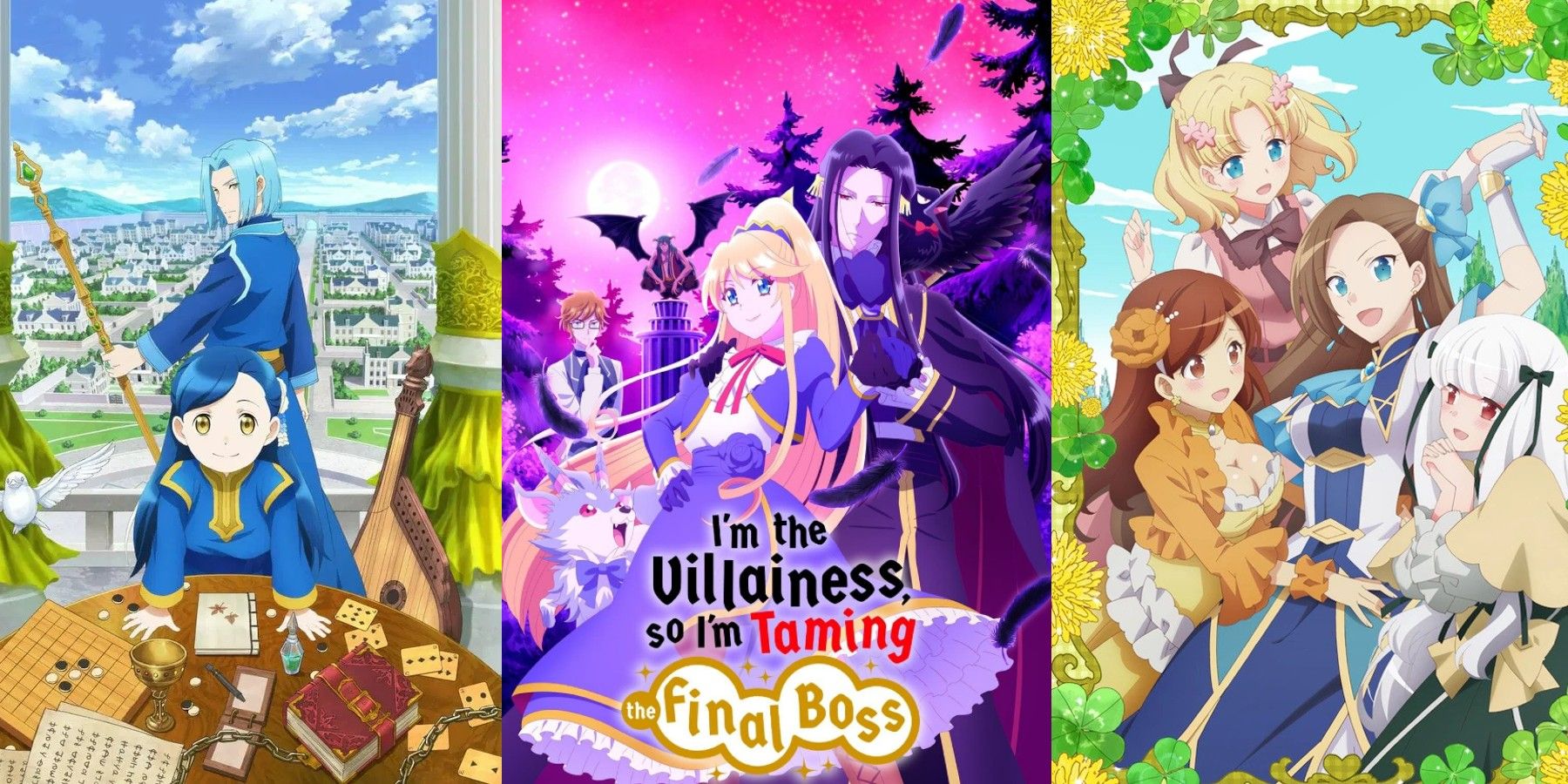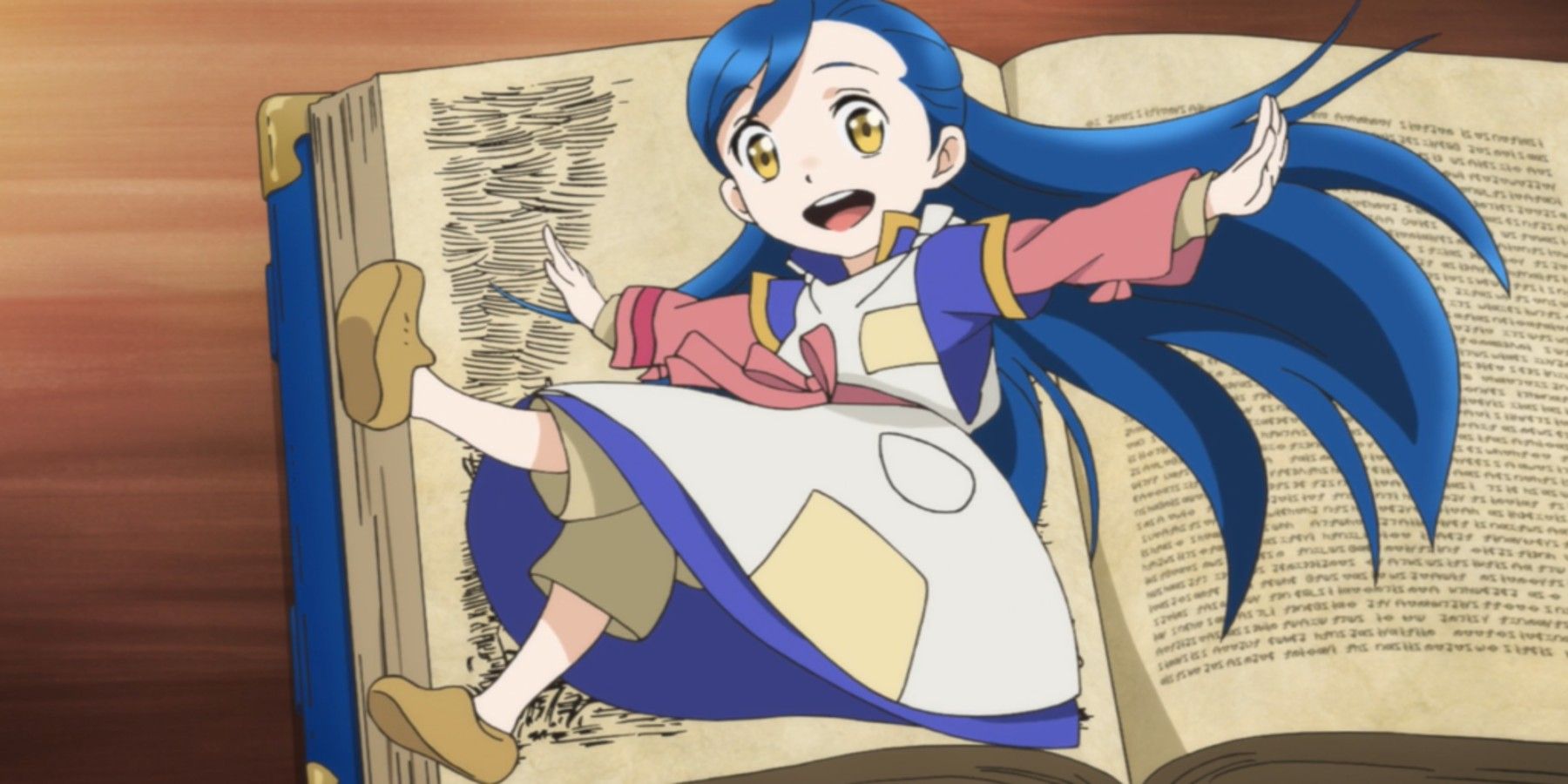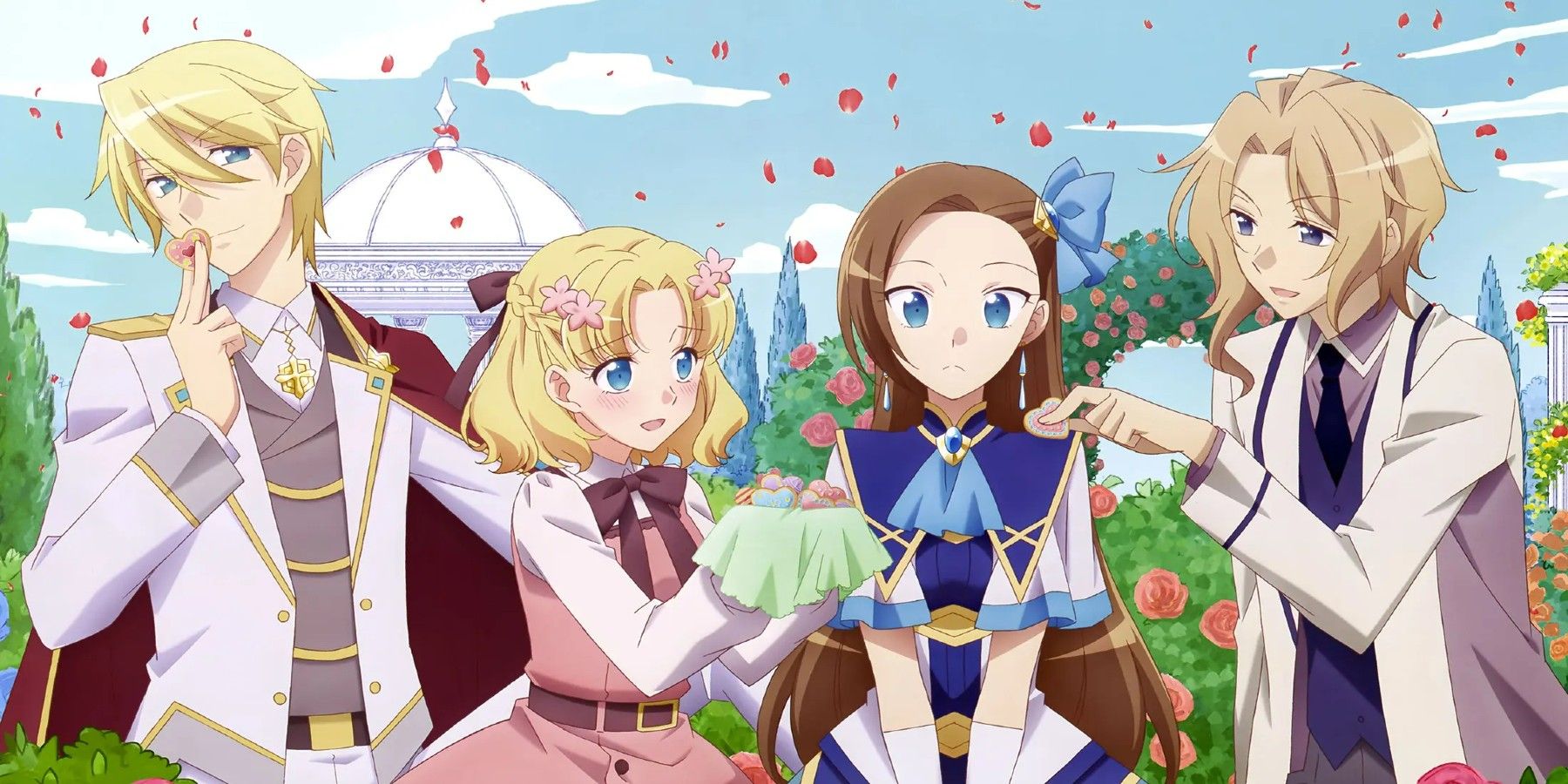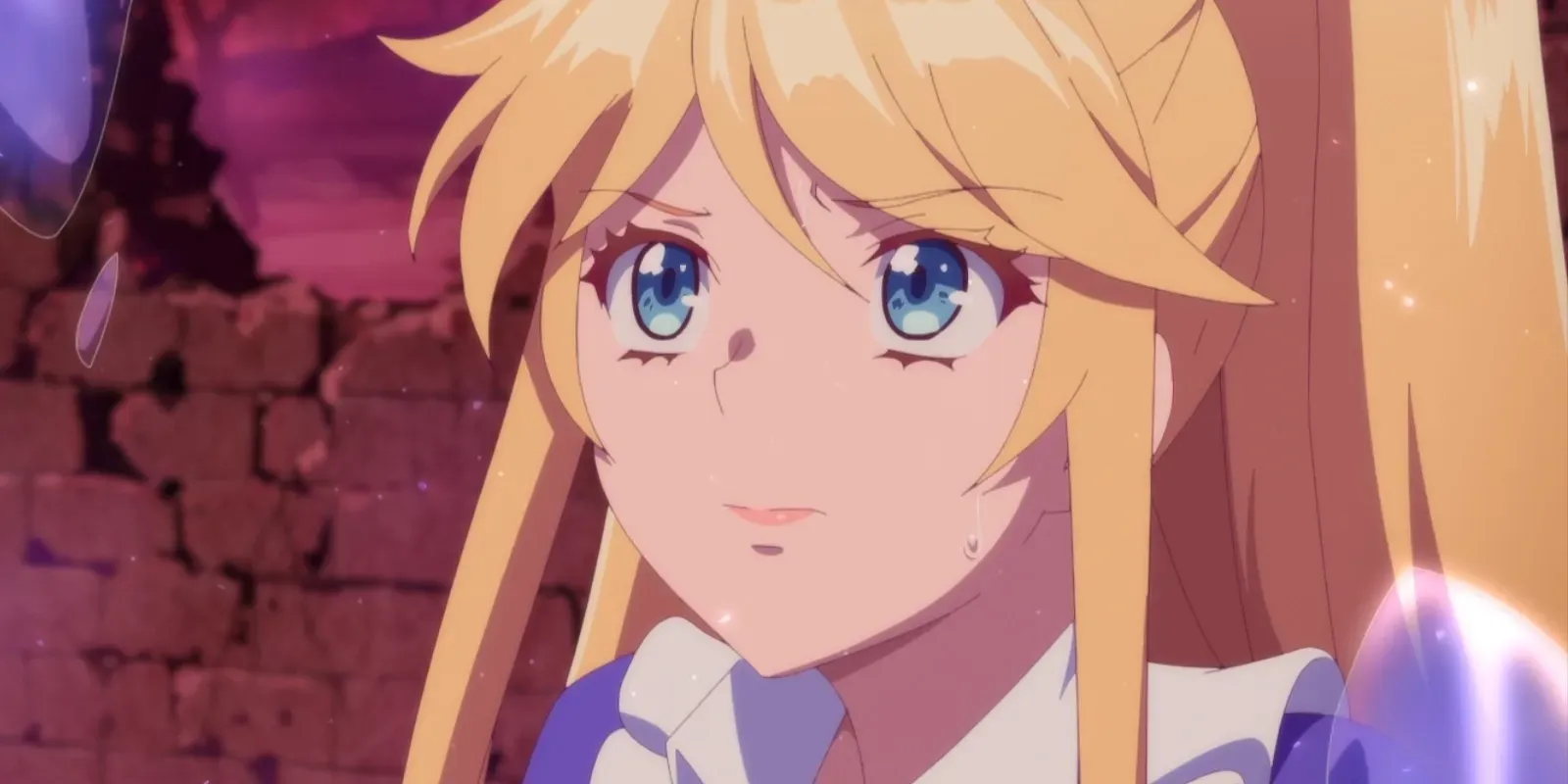Focusing on fantastical fantasy worlds, the shōjo genre has released a brand-new subgenre, reincarnation. Unlike previous isekai manga and anime that focuses on transporting a modern-day Japanese man or woman into a fantasy world (e.g. Fushigi Yûgi, No Game, No Life, and The Rising of the Shield Hero), the reincarnation subgenre revolves around the rebirth of a Japanese man or woman into a body of a resident of the new world. Anime such as Ascendance of a Bookworm, My Next Life as a Villainess: All Routes Lead to Doom!, and I'm the Villainess, So I'm Taming the Final Boss all have main characters who use memories from their previous lives to assist them through their trials and tribulations.
At the turn of the twentieth century and in the form of magazines and novels, the shōjo genre was born. Subsequent manga series followed in the years to come. The first shōjo manga-to-anime series adaptation was released in 1966 called Sally the Witch. During the early days of shōjo anime, the genre covered a wide expanse of themes and tropes such as magic girls, time travel, self-discovery, and romantic relationships. Over the last few years, reincarnation has taken center stage mixing what shōjo fans love about the genre and applying a new unique spin.
Ascendance of a Bookworm
Aired from October 2019 to June 2022, Ascendance of a Bookworm follows Myne, a young girl born into a poor family who has a ravenous obsession with books. Previously a librarian-in-training named Urano Motosu, this passion for books prompts her to become the Johannes Gutenberg of the fantasy world she was reborn into. From discovering the proper materials to create paper to inventing the printing press, Mayne turns into a prodigious inventor.
Fans of the shōjo genre should be somewhat familiar with the tropes presented in this series. Like many other shōjo stories, the main protagonist is a child albeit an adult on the inside. Shōjo stories tend to capitalize on the cuteness of their characters seen in anime series such as Gakuen Alice, Kodocha, and Kamichama Karin. Likewise, although not technically under the isekai umbrella, it provides a sense of familiarity. Although the main character's motivation isn't to return to her previous world like in some isekai stories, the memories from her past life serve as a point of reference that the audience can actively relate to.
My Next Life as a Villainess: All Routes Lead to Doom!
Aired from April 2020 to September 2021, My Next Life as a Villainess: All Routes Lead to Doom! follows Catarina Claes, the daughter of a noble family, whose fate is set on a path of death and destruction. Reincarnating into one of her favorite otome games, the main character fights against fate, as she destroys death flags one after another. By the end of the first season, not only has she escaped certain death, but she has also unintentionally caused all the male capture targets to fall in love with her. Even the true main character of the game is infatuated with her along with the other female characters who weren't capture targets in the otome game.
Several popular shōjo genre tropes are mixed into this love-comedy series including a sweet but dense main protagonist, a reverse harem setup, and stereotypical sequences such as kidnappings and misunderstandings. What has boosted the series' popularity, however, is most likely its main dilemma and its setting. As for the main dilemma, Catarina has a set timeline for when she will die since she is the villainess of the otome game, and she is actively trying to prevent it in every ridiculous way possible by farming to strengthen her earth magic and by attempting to end her royal engagement with Prince Gerald. As for the setting, it is in an otome game which is an atmosphere many fans would love to find themselves in. Combining these two elements, the series is able to keep the audience's interest throughout the two seasons and is able to connect with old and new shōjo fans.
I'm the Villainess, So I'm Taming the Final Boss
Currently airing from September 2022 onwards, I'm the Villainess, So I'm Taming the Final Boss follows Aileen Lauren d'Autriche, the daughter of a duke, in her quest for survival. Abandoned by her fiancé, Prince Cedric Jean Ellmeyer, who falls in love with the game's original protagonist, Lilia Reinoise, known as the Holy Sword Maiden, Aileen decides to change the course of her fate. In order to prevent her imminent death at the hands of the game's main antagonist, Prince Claude Jean Ellmeyer, she heads off into the Demon Lord's domain to ask for his hand in marriage.
Unlike Catarina Claes of My Next Life as a Villainess: All Routes Lead to Doom!, Aileen's memory of her past life is triggered by the confrontation scene between Prince Cedric and herself. By this point in the game's plot, she has already been cast out of her role as Prince Cedric's fiancé and set on the path of shame and death. On top of the features found in the other reincarnation anime series, this show presents a villainess who shows resilience, determination, and ambition. Her number one priority at the start of the series is solely her own survival, but she eventually becomes a beloved, battle-hardy protagonist who seeks to restore the relationship between humans and demons. Combining the villainess-turns-good trope with the reincarnation-from-another-world trope, the audience will be pleased to find yet another shining star of the shōjo genre.
Source(s): IMBd 1, IMBd 2, IMBd 3, & MyAnimeList




